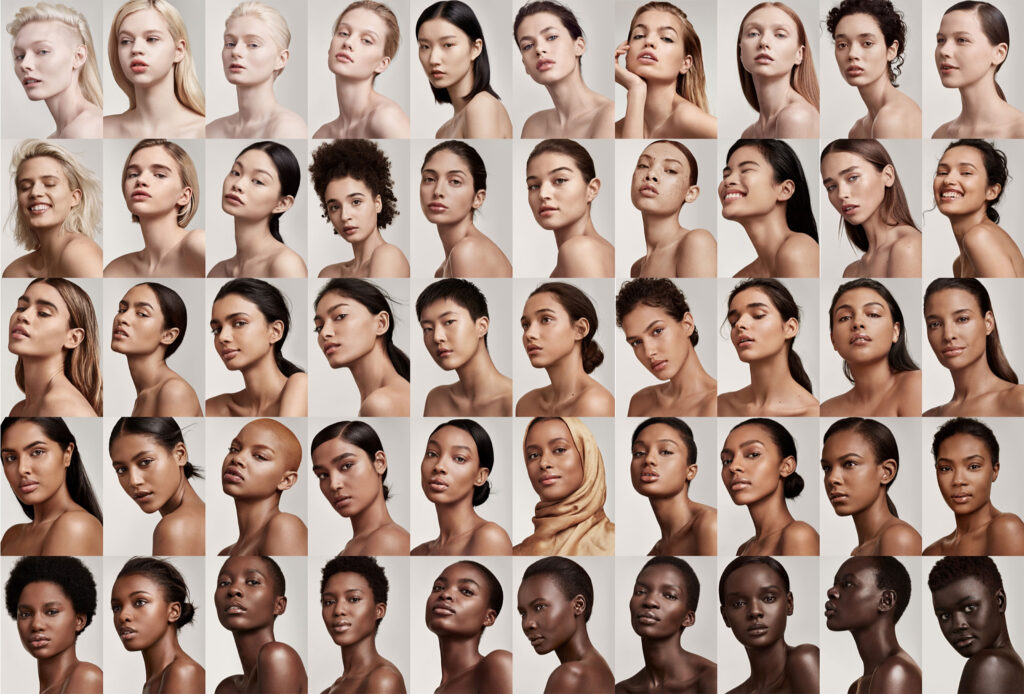Social impact design is an important part of any maker role, whether you’re an artist, engineer, or a craftsperson. We’re all designers. And as designers, we need to think about how product design for social good leads to both a better experience and larger revenues for businesses.
In Part 1 of our Design for Good series we looked at bias in design (and how to avoid it). In Part 2 we will explore social impact design. We’ll gain an understanding of how to make designs that are accessible and inclusive for everyone. We will also look at how to gain stakeholder interest in investing in social impact design.
Inclusivity and Accessibility = Social Impact Design
Inclusivity and accessibility, also known as social impact design, focus on valuing the diverse experiences and identities of people. This involves understanding and helping those who face difficulties in their lives, whether disadvantaged, underprivileged, or otherwise challenged. Inclusivity and accessibility enrich the design process, leading to solutions that are more effective, more empathetic, and equitable for all—including the organizations that prioritize social impact design in their day-to-day work.
The following sections explore the essential components of social impact design—identity, marginalization, allyship, cultural sensitivity, socioeconomic inclusivity, and accessible design. Each of these components illustrates how inclusive and accessible practices can significantly enhance the societal benefits of design projects.
Identity
When we talk about inclusion—and by extension, exclusion—we must be aware of the countless aspects of identity found in a person’s gender, age, race, socioeconomic status, sexual orientation, health, and more.
Our identities shape how we show up in the world, and in many cases, how we’re perceived and treated. Inclusive design acknowledges these diverse identities and strives to create products, services, and systems that are accessible and relevant to a broad spectrum of people.
For instance, designing user interfaces with larger buttons that are friendly to older adults. Or if you are designing a music streaming platform, creating playlists that feature prominently Asian-Indian, LGBTQ+, or Hispanic artists. These are a few practical ideas for honoring and advocating for more diverse identities and to use product design for social good.

(Source: Fenty Beauty)
Marginalization
Marginalization occurs when certain groups are systematically disadvantaged by the prevailing norms or structures in society. This can manifest in many forms, from racial and gender discrimination within a product to the overlooking of individuals with disabilities or those from different socioeconomic backgrounds. Social impact design seeks to curb these systemic biases by consciously making design choices that empower marginalized groups.
Empowerment could involve creating products that are more affordable and accessible to low-income communities or ensuring that digital platforms are usable by those with disabilities. Recognizing marginalization in design means understanding that some groups have historically been excluded from the conversation and actively working to bring them into the fold of your work as a designer.

Allyship
Allyship is about actively advocating for and supporting those who face oppression or marginalization, not just acknowledging diversity. This requires an ongoing commitment to learning, listening, and self-reflection, in addition to a willingness to challenge existing prejudices and power structures. Allyship in social impact design might involve using the products we design to highlight issues affecting marginalized communities. Alternatively, it could mean prioritizing accessibility and inclusivity in design, even when it’s not the most convenient or profitable path. It’s about creating spaces where diverse voices are heard and influential in shaping the outcomes of a product.

Cultural Sensitivity
Cultural sensitivity in social impact design involves understanding and respecting the cultural contexts in which a product or service will be used. This means moving beyond stereotypes and assumptions to gain an authentic understanding of different cultural norms and values. Designers should be mindful of cultural nuances, seek to understand them, and incorporate them without appropriating or being disrespectful. Designing for cultural sensitivity may involve anything from avoiding culturally insensitive imagery and iconography or ensuring that language and messaging are legible, understandable, and appropriate for diverse cultural groups.
Socioeconomic Inclusivity
Socioeconomic inclusivity in social impact design addresses the disparities created by economic status and ensures that products, services, and systems are designed with an understanding of the varied economic realities of different users. This could mean developing more affordable versions of essential products or designing services that are accessible to people without access to advanced technology.
The United States Department of Justice recently sued Apple for monopolizing smartphone markets, alleging that Apple maintained a monopoly by restricting developers and limiting access to critical resources. One part of the DOJ’s accusation is that Apple has created a market where they are uniquely able to alienate their customers. They allege that Apple does this by implementing a less user-friendly experience when interacting with non-Apple products.
Johnny Harris, an independent reporter in collaboration with the New York Times, reported on the complexities of the American tax system, describing it as “somewhat of a scam.” This over-complexity has created an incredibly lucrative $10 billion industry. Companies like TurboTax, which recently pulled their misleading “file for ‘free'” advertising campaigns, have capitalized on this complexity. The campaign promised a “free” online tax filing service that, in reality, wasn’t at all free. This complexity enables these companies to collectively exploit a system that arguably should be straightforward and cost-free, given that paying taxes is a mandatory duty for all Americans.
Accessible Design
Universal design, also known as accessible design, is a framework that prioritizes creating products and environments usable by everyone. This approach minimizes the need for adaptation or specialized design for any individual. This approach leads to solutions that benefit a wide range of users, including those with disabilities, and promotes an inclusive environment where everyone has equal access and opportunities.
According to the Centers for Disease Control and Prevention, “Up to 1 in 4 (27%) adults in the United States have some type of disability.” With over 40 million people with disabilities in the U.S., that represents a significant loss of traffic, customers, and audience for organizations whose designers choose to ignore accessibility. It also represents an opportunity for designers to reach this untapped market by using product design for social good.
Truly understanding how to use design skills for social impact means creating products that focus on inclusivity and community rather than exclusion.

(Source: Target Corp.)
Social Impact Design: Closing Thoughts
As we close Part 2 in our Design for Good series, it’s clear that our role as designers is about so much more than just aesthetics or functionality. We genuinely have the profound power to shape societies and improve lives through thoughtful, inclusive, and accessible design.
Our responsibility is to ensure that as product designers, we are the voice for our users. We aim to advocate for a broader, more diverse product that includes those who are often marginalized. This user-centric mindset is not simply an ethical directive. It’s a strategic one too, leading to products that are universally usable and inherently more appealing to a larger audience.
Design For Good: A Three-part Series
Remember, the journey toward better design solutions is a long and windy road. Each step we take towards inclusivity, accessibility, and sustainability is a step towards creating a world (or at least a product) that values all its citizens equally. Stay engaged, keep learning, and join us in Part 3 of our series (publishing on May 24). In Part 3 we will discuss the environmental impact of digital designs. We’ll also learn how to make design projects more sustainable.
And be sure to check out Part 1 on bias in design if you missed it.
The Design for Good series is perfect if you’re a:
- Leader of a design team
Consider how this blog post series could inspire your team to transform their work into a positive impact design career. - Designer
Challenge yourself to think about these initiatives as a client requirement on every project, rather than waiting for the client to ask for it. - Student
Or, someone looking for design graduate opportunities—use this series to learn more and grow.
Learn UX/UI Product Design at Flatiron School
Our Product Design Bootcamp can put you on an accelerated path to a product design career in just 40 weeks. Schedule a 10-minute call today with our Admissions team to learn more.






